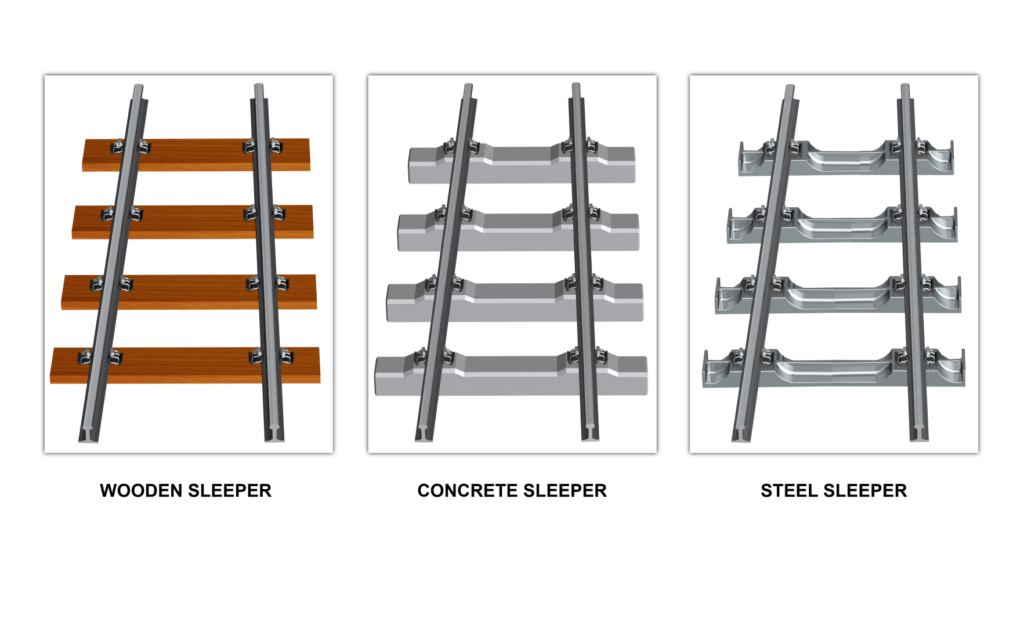Railway ties, also called sleepers, are horizontal support structures positioned between rail tracks to maintain correct gauge spacing. Early wooden ties made from oak, karri, and jarrah remain suitable for low-speed lines, offering easy manufacturing and natural electrical insulation. Modern railways increasingly use steel and concrete sleepers for their superior load capacity and durability.
Overview of Rail Fastening Systems
Rail fastening systems connect rails to sleepers through various mechanical components, creating stable track structures capable of supporting heavy rolling stock. The evolution from wooden rails in 1515 to modern concrete and steel infrastructure reflects centuries of engineering advancement. These systems must balance structural integrity with flexibility to accommodate dynamic forces and environmental conditions.
Steel sleepers handle heavy loads and adapt to various track specifications, while concrete offers the lowest cost, minimal maintenance, and longest service life. Tie plates positioned between sleepers and rails distribute loads and maintain gauge accuracy. SafeRack’s comprehensive safety solutions for railcar facilities include loading platforms, spill containment systems, and fall protection equipment that integrate with existing rail infrastructure.
Learn more: Core Components of a Rail Fastening System | Railroad Construction Facts

Frequently Asked Questions
Wooden sleepers typically last 15-25 years depending on treatment and climate conditions. Steel sleepers can provide 50-60 years of service with proper maintenance, while concrete sleepers often exceed 60 years, making them the most durable option despite higher initial costs.
Wooden sleepers remain valuable for their natural shock absorption, ease of handling during track maintenance, and lower initial cost for branch lines. They’re also preferred in areas with extreme temperature variations where their flexibility prevents cracking that might affect concrete sleepers.
Sleeper spacing depends on expected axle loads, train speeds, and track classification. High-speed mainlines typically space sleepers 60cm apart, while lower-speed branch lines may use 75cm spacing. Closer spacing provides better load distribution and track stability for heavy or fast traffic.



